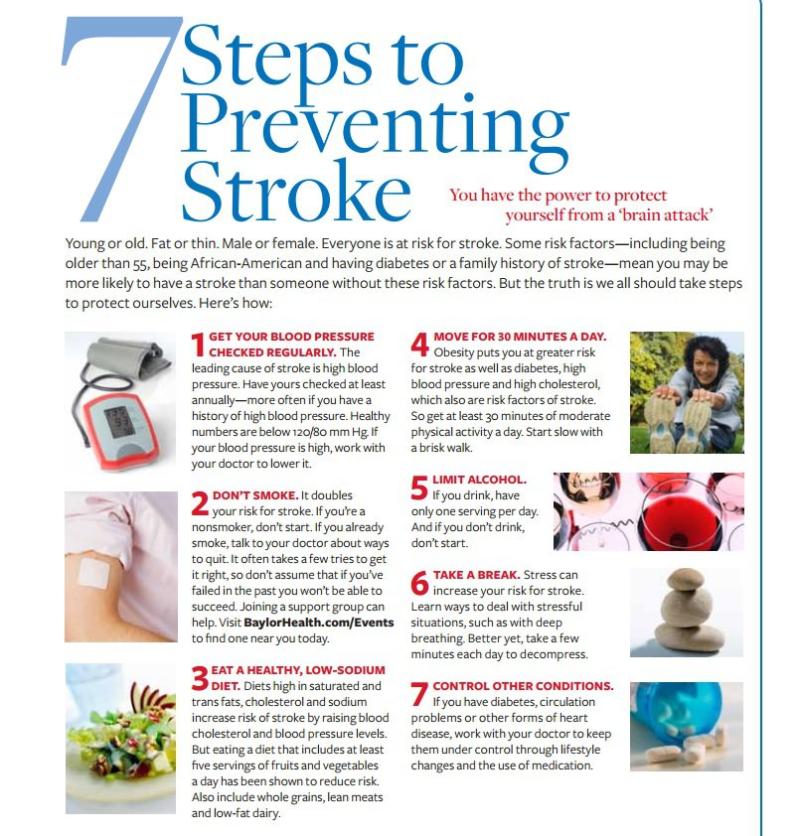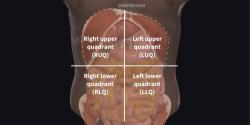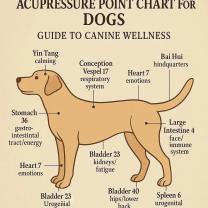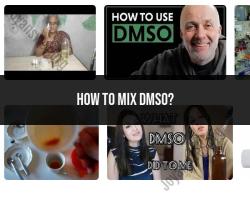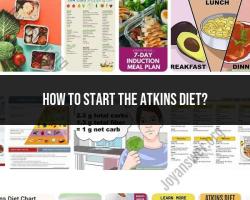How to reduce the risk of having a stroke?
Stroke prevention is crucial for maintaining good overall health and reducing the risk of a stroke, which can be a life-threatening medical emergency. Here are several steps you can take to reduce your risk of having a stroke:
Control Hypertension (High Blood Pressure): High blood pressure is a significant risk factor for stroke. Regularly monitor your blood pressure, and if it's high, work with your healthcare provider to manage it through lifestyle changes and, if necessary, medication.
Eat a Healthy Diet:
- Consume a diet rich in fruits, vegetables, whole grains, lean proteins, and low in saturated and trans fats.
- Limit salt (sodium) intake to help control blood pressure.
- Reduce the consumption of processed and fast foods.
Maintain a Healthy Weight: Being overweight or obese increases the risk of stroke. Adopt a balanced diet and engage in regular physical activity to achieve and maintain a healthy weight.
Exercise Regularly: Engage in at least 150 minutes of moderate-intensity aerobic exercise or 75 minutes of vigorous-intensity aerobic exercise per week. Physical activity helps control weight and lowers blood pressure.
Manage Diabetes: If you have diabetes, manage your blood sugar levels through medication, lifestyle changes, and regular monitoring. Elevated blood sugar levels can increase stroke risk.
Quit Smoking: Smoking is a significant risk factor for stroke. If you smoke, seek help to quit, as it will significantly reduce your stroke risk.
Limit Alcohol Consumption: Excessive alcohol intake can lead to high blood pressure and other health problems. If you consume alcohol, do so in moderation.
Manage Cholesterol: High levels of LDL (low-density lipoprotein) cholesterol can increase stroke risk. Work with your healthcare provider to manage your cholesterol levels through diet, exercise, and, if necessary, medication.
Control Atrial Fibrillation (AFib): AFib is an irregular heart rhythm that can lead to blood clots and increase the risk of stroke. If you have AFib, work with your healthcare provider to manage it and reduce stroke risk.
Take Medications as Prescribed: If you have been prescribed medications to manage specific risk factors, such as blood pressure, cholesterol, or blood-thinning medications, be sure to take them as directed by your healthcare provider.
Limit Stress: Chronic stress can contribute to high blood pressure and other health issues. Find healthy ways to manage stress, such as through relaxation techniques, meditation, or exercise.
Get Regular Check-Ups: Visit your healthcare provider for regular check-ups and screenings to monitor your overall health and identify risk factors.
Stay Informed: Be aware of the warning signs of stroke (FAST: Face drooping, Arm weakness, Speech difficulties, Time to call 911) and seek immediate medical attention if you or someone else experiences these symptoms.
Stroke prevention is a lifelong commitment to a healthy lifestyle. Consult with your healthcare provider to create a personalized plan tailored to your specific risk factors and needs. Taking these steps can significantly reduce your risk of having a stroke and improve your overall health and well-being.
Reducing the Risk of Stroke: Proactive Measures and Lifestyle Changes
A stroke is a serious medical condition that occurs when the blood flow to the brain is interrupted or severely reduced, depriving brain tissue of oxygen and nutrients. This can lead to permanent brain damage, disability, or even death.
While there are some risk factors for stroke that cannot be controlled, such as age and family history, there are also many things you can do to reduce your risk. Here are some proactive measures and lifestyle changes you can make to lower your likelihood of having a stroke:
- Control your blood pressure: High blood pressure is a major risk factor for stroke. If you have high blood pressure, work with your doctor to get it under control.
- Manage your cholesterol: High cholesterol can clog your arteries and increase your risk of stroke. Make sure to get your cholesterol checked regularly and follow your doctor's recommendations for managing your levels.
- Eat a healthy diet: Eating a healthy diet can help you control your blood pressure and cholesterol, as well as reduce your risk of other health problems that can lead to stroke. Focus on eating plenty of fruits, vegetables, and whole grains, and limit your intake of processed foods, sugary drinks, and unhealthy fats.
- Maintain a healthy weight: Being overweight or obese increases your risk of stroke. If you are overweight or obese, talk to your doctor about developing a safe and effective weight loss plan.
- Exercise regularly: Regular exercise can help you control your blood pressure, cholesterol, and weight, all of which are important for reducing your risk of stroke. Aim for at least 30 minutes of moderate-intensity exercise most days of the week.
- Don't smoke: Smoking is a major risk factor for stroke. If you smoke, quitting is one of the best things you can do for your health.
- Limit your alcohol intake: Drinking too much alcohol can increase your blood pressure and risk of stroke. If you drink alcohol, do so in moderation.
Stroke Prevention: Tips for Minimizing Your Risk
Here are some additional tips for minimizing your risk of stroke:
- Get regular checkups: Regular checkups with your doctor can help you identify and manage any risk factors for stroke.
- Know the signs of a stroke: It is important to know the signs of a stroke so that you can get medical attention right away if you or someone you know is experiencing symptoms. The signs of a stroke include sudden weakness or numbness on one side of the body, difficulty speaking or understanding speech, trouble with vision, dizziness, and loss of balance or coordination.
- Take your medications as prescribed: If you have been prescribed medication to control your blood pressure, cholesterol, or other risk factors for stroke, it is important to take your medications as prescribed.
Staying Healthy and Lowering the Likelihood of a Stroke
Making healthy lifestyle choices is one of the best things you can do to lower your risk of stroke. By controlling your blood pressure, cholesterol, weight, and alcohol intake, and by exercising regularly and not smoking, you can significantly reduce your chances of having a stroke and improve your overall health.
In addition to the lifestyle changes listed above, there are a few other things you can do to stay healthy and lower your risk of stroke:
- Manage stress: Stress can contribute to high blood pressure and other health problems that increase your risk of stroke. Find healthy ways to manage stress, such as exercise, yoga, or meditation.
- Get enough sleep: Getting enough sleep is important for your overall health, including your brain health. Adults should aim for 7-8 hours of sleep per night.
- See your doctor for regular checkups: Even if you feel healthy, it is important to see your doctor for regular checkups. Your doctor can check for any signs of stroke risk factors and provide you with personalized advice for staying healthy.
By taking these proactive measures and making healthy lifestyle changes, you can significantly reduce your risk of stroke and live a longer, healthier life.
